What does a "fork" symbol mean on this schematic:
It was taken from page 6 of a motor driver datasheet: https://docs.rs-online.com/b7d1/A700000007487180.pdf
What does a "fork" symbol mean on this schematic:
It was taken from page 6 of a motor driver datasheet: https://docs.rs-online.com/b7d1/A700000007487180.pdf
Chassis ground. See:

simulate this circuit – Schematic created using CircuitLab
(Illustration from Ground - Ultimate Electronics Book)
Normally it would mean chassis ground.
But it would probably mean the substrate in the case of an IC schematic.
The substrate is usually connected to the ground pin or the most negative voltage (depends upon the IC design).
In the specific example shown it connects to the back-gate of the FET and the ESD diode so it is pretty certainly the substrate that is intended.
This from IEEE Std 315 for that symbol:
"A conducting connection to a chassis or frame, or equivalent chassis connection of a printed-wiring board. The chassis or frame (or equivalent chassis connection of a printed-wiring board) may be at substantial potential with respect to the earth or structure in which this chassis or frame (or printed-wiring board) is mounted."
It actually does seem like a relatively appropriate use of "chassis" ground. In the datasheet you linked to:
Note: Please solder the corner pad and the bottom thermal pad of the QFN package to the GND pattern of the PCB. (p. 2)
Note: All the grounding wires of the TB67H420FTG should run on the solder mask on the PCB and be externally terminated at only one point. Also, a grounding method should be considered for efficient heat dissipation. (p. 4)
And if you look at the block diagram, the symbols appear on the corner pads and, combined with the above notes, provide context for what they mean:
Note that pins 8, 29, and 30 are named "GND" in the pin description table. The H Bridge grounds are labelled separately (and provided through 2 pins each) because those particular pins will be passing higher current from the motors, and should receive appropriate special consideration.
Any where you see it in the individual block diagrams, it's a connection to that same ground plane.
It's not a direct connection to earth -- that's on the other side of your power supply. It's not a signal ground -- well I mean it kind of is but "signal grounds" normally refer to very specific points.
But as for chassis ground, the datasheet points out that in this context it is connected to the main ground plane on the PCB. Also, the various diagrams imply that the H Bridge grounds (RSGND, etc.) are connected to chassis ground at a single point -- this is a common frame-grounding setup. And it's not uncommon to run that through the enclosure (chassis) that the device is in, either through direct wiring or through mounting screws on the PCB.
So I dunno, to me it seems the appropriate symbol.
That is one of several symbols that may be used to indicate "Ground". I have seen lists defining specific applications for each symbol, but most often the different symbols seem to be used at random.
I have no evidence for this but I suspect that the chassis symbol is a cropped version of a mechanical cross-hatch representation of a metal chassis.